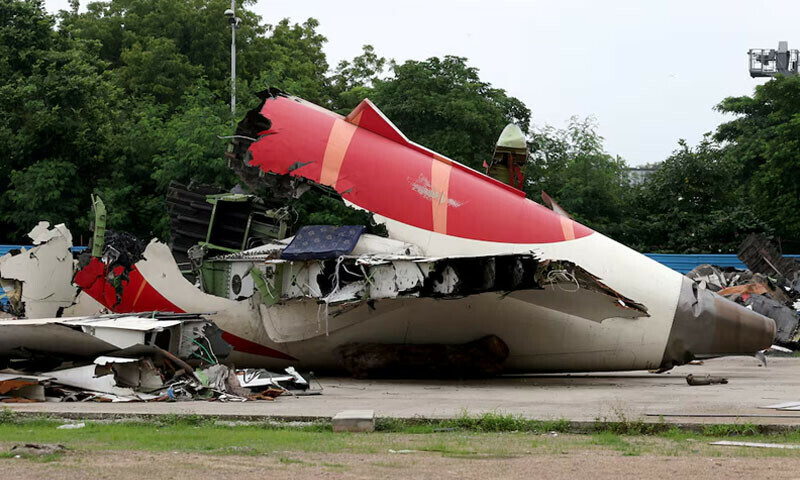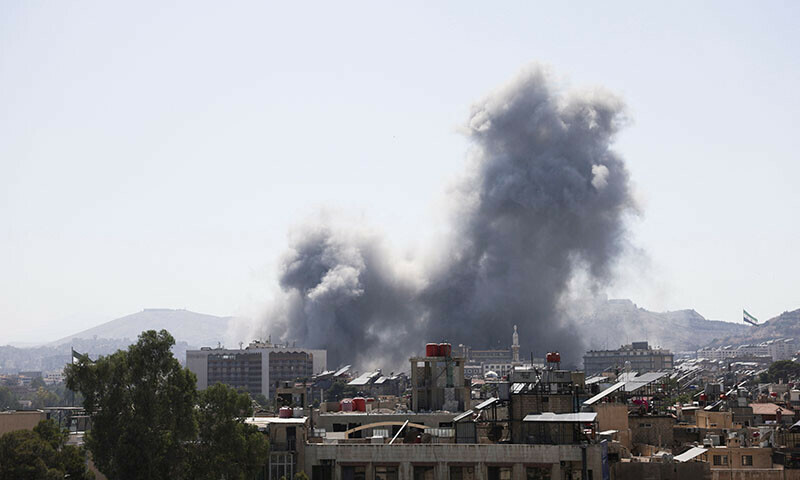WORLD NEWS

The June 12 crash of a Boeing 787 Dreamliner near Ahmedabad that killed 260 people, including 19 on the ground, may have been caused by a pilot error, according to early assessments by U.S. officials and a preliminary report from India’s Aircraft Accident Investigation Bureau (AAIB).
The flight, operated by Air India and bound for London, went down shortly after takeoff from Sardar Vallabhbhai Patel International Airport, crashing into a nearby medical college building after reaching only 650 feet of altitude.
Fuel Switches Moved to “Cutoff” After Takeoff
The AAIB’s initial findings revealed that fuel switches for both engines were inexplicably flipped from “run” to “cutoff” within seconds after the aircraft lifted off the runway. A cockpit voice recording captured one pilot questioning the other over the sudden cutoff:
“Why did you cut off the fuel?”
“I did not do so,” came the response.
While the voice identities weren’t confirmed, reports suggest that First Officer Clive Kunder was flying the aircraft, and Captain Sumeet Sabharwal may have moved the switches. Kunder, with 3,403 hours of flight time, likely would have been fully engaged with controlling the aircraft during takeoff, according to aviation experts cited by The Wall Street Journal.
Rapid System Failure
The plane lost engine power almost immediately after takeoff, triggering deployment of the ram air turbine (RAT) — a backup power source typically used in emergencies. The jet, unable to gain speed or altitude, clipped trees and a chimney before crashing in a fireball.
Despite the crew resetting the fuel switches and the engines attempting to restart, the aircraft was too low and too slow to recover, said aviation safety analyst John Nance.
No Mechanical Faults Found
Air India CEO Campbell Wilson stated in an internal memo that the AAIB found no mechanical or maintenance faults. Required checks were reportedly completed before the flight. The preliminary report also included no safety recommendations for Boeing or GE, the engine manufacturer.
Meanwhile, the US FAA and Boeing internally affirmed the safety of the fuel switch locks, according to documents seen by Reuters.
Crew Error Under Spotlight
Aviation experts say there is growing circumstantial evidence pointing to manual interference by a crew member, though investigators caution that all potential causes must still be examined, including technical faults or system malfunctions.
Under international norms, a final report is expected within a year of the accident.
Renewed Push for Cockpit Cameras
The crash has reignited global debate over the installation of cockpit image recorders. Nance noted that video footage from the flight deck could have significantly aided the investigation.
Broader Scrutiny on Air India
The incident adds to mounting scrutiny over Air India’s safety practices. The European Union Aviation Safety Agency is separately probing Air India Express for non-compliance and falsified maintenance records related to engine components on Airbus A320s.
As investigations continue, families of victims and global aviation authorities await answers to what caused one of the deadliest aviation disasters in India in recent years.




